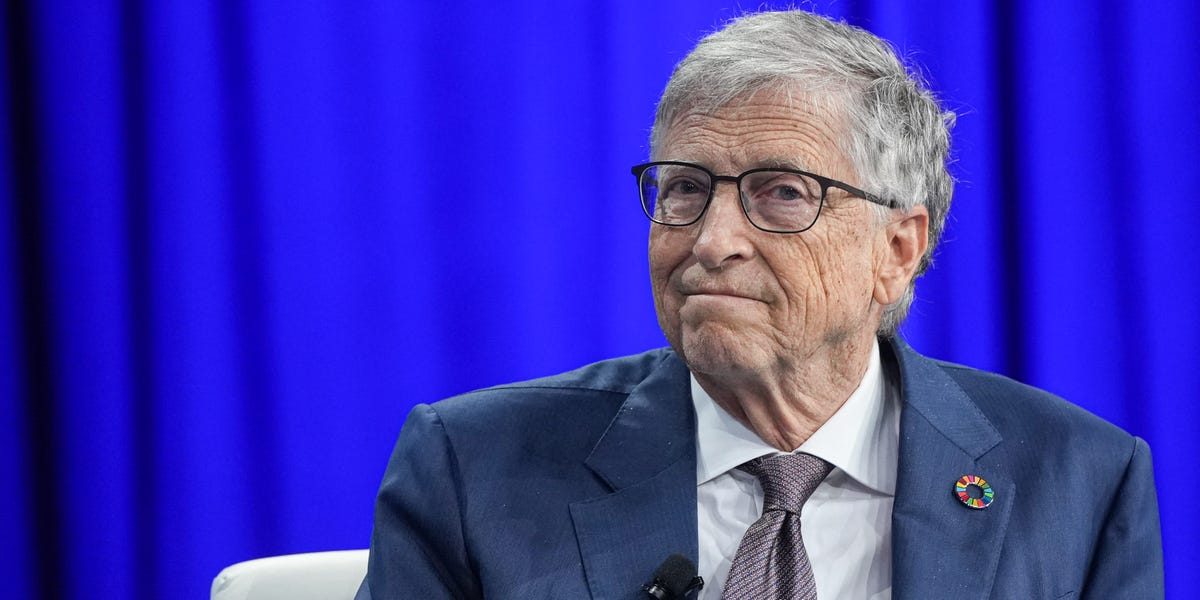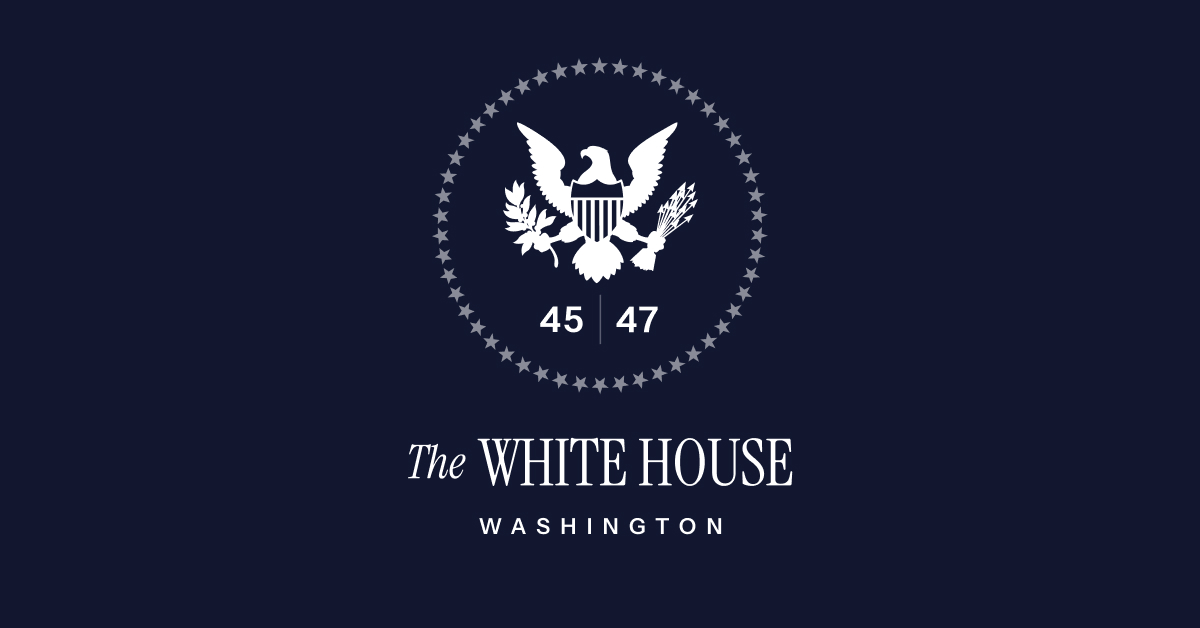Main Street's Mood Lifts: Small Businesses See Silver Lining Despite Labor Challenges

Small business hiring plans have taken a notable downturn, according to the latest report from the National Federation of Independent Business. The organization revealed that the percentage of small businesses looking to expand their workforce dropped by 4 percentage points in August, signaling potential challenges in the employment landscape.
This decline suggests a growing hesitation among small business owners to bring on new staff, potentially reflecting broader economic uncertainties. The shift could be indicative of mounting pressures such as rising costs, economic volatility, or cautious business sentiment in the current market environment.
The NFIB's data provides a crucial snapshot of small business confidence and hiring intentions, serving as an important economic indicator for policymakers and economists tracking the health of America's entrepreneurial sector.








